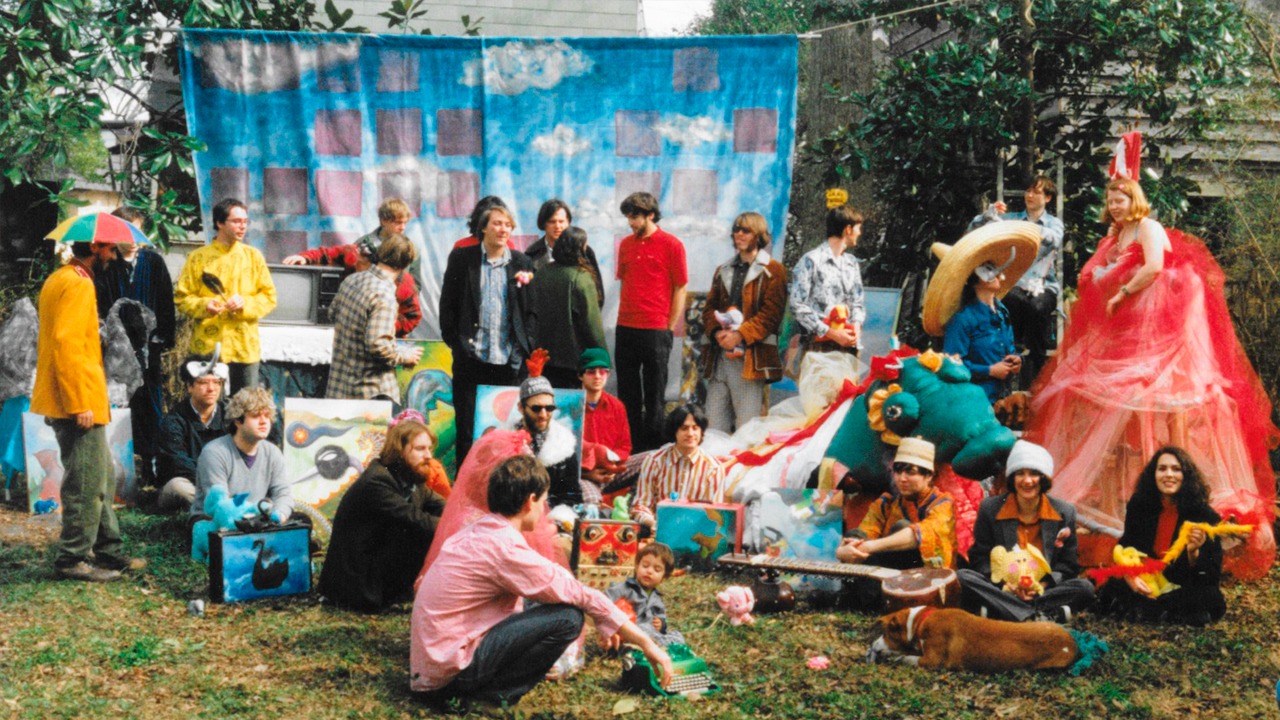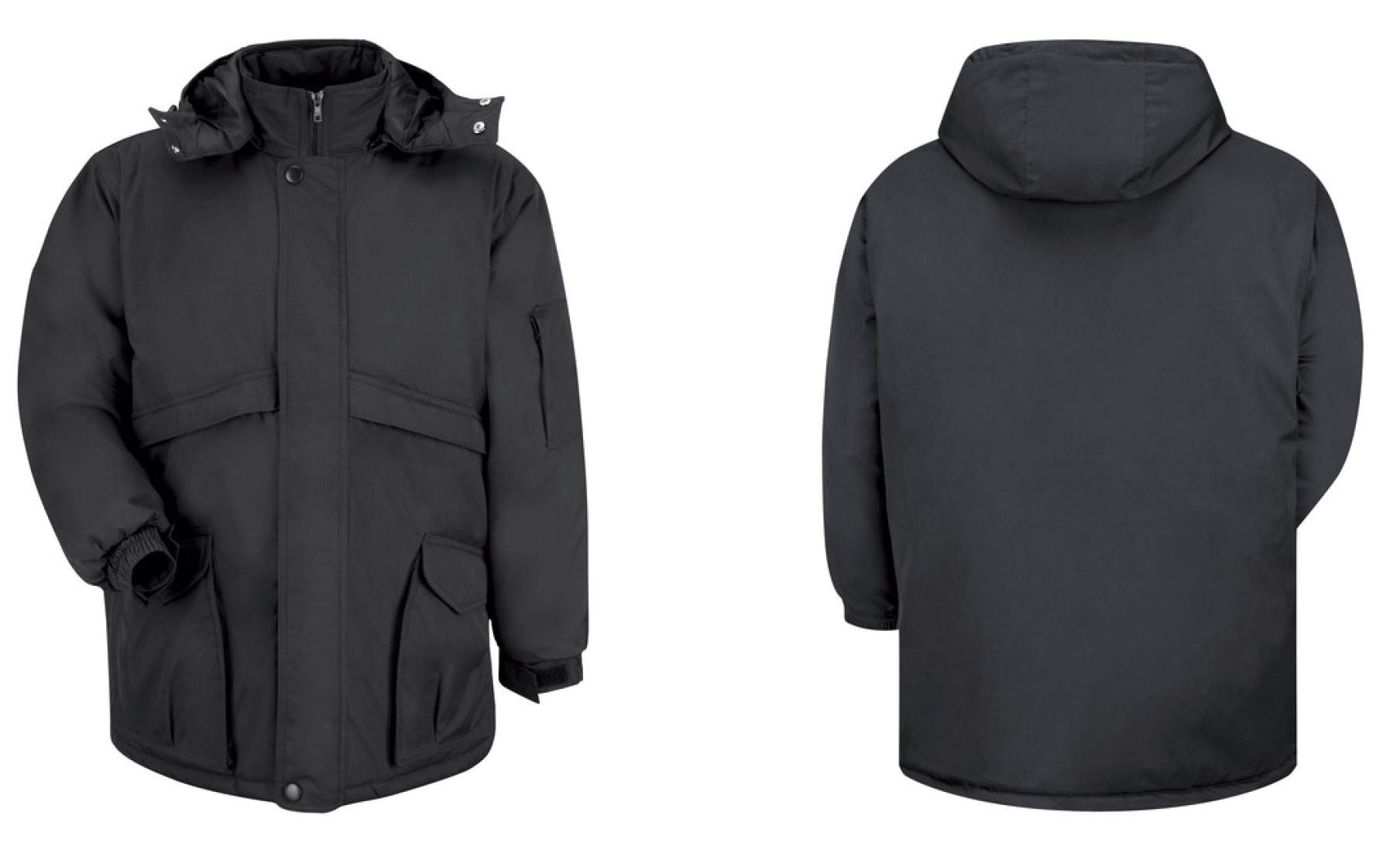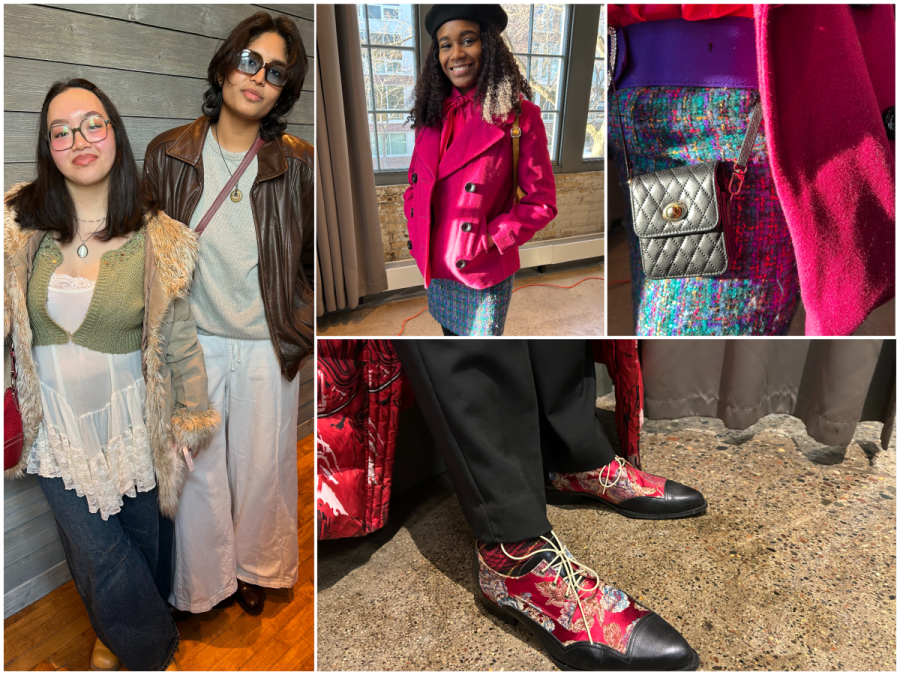The world is awash in music documentaries.
Streamlined and professionalized, the process of crafting a sleek, easily digestible presentation of an artist’s career has never been easier—if you’ve got the cash and the access. You trade in on some bankable nostalgia, gather up some exclusive clips and interviews, maybe even offer a slightly contrarian hook if you’re feeling clever. Once the stuff of true believers scrounging to document a scene or a cult figure before the memory faded, or else quick cash-ins reliant on the tawdry rise-and-fall-and-recovery narrative of Behind the Music, music docs arrive now with a whole new set of cliches intact, often with Bono or Dave Grohl in tow.
And far from representing a firm directorial take, the process has even been privatized: If you’re Taylor Swift, why hand over control of your public image when you can “tell your own story,” to use the common, hackneyed phrase. Like so much “content,” music docs may be more popular than ever and also more disposable. A not-wholly-meaningless indicator: After decades of being shut out of the Oscars, four of the Best Documentary winners in the past decade could be categorized as music docs, most recently Summer of Soul (Or, When The Revolution Could Not Be Televised). Another: Scroll listlessly through your streaming service of choice and you’ll see reams of such films, often snackably constructed for home viewing.
So if you’re a film festival that’s set up shop on the corner where music and movies intersect, how do you set yourself apart in 2022, especially when you’ve been at the game for more than two decades? That’s among the challenges Sound Unseen faces this year and, judging from its lineup, surpasses.
When I talk to festival director Jim Brunzell about this year’s lineup, the descriptor that repeatedly pops up is “music-adjacent.” That’s his way of categorizing movies that make sense in the Sound Unseen context even if they’re not in the traditional mold. No one, for instance, would call Chop & Steele a “music film,” necessarily—it tells the story of Joe Pickett and Nick Prueher, the guys behind the Found Footage Festival, where VHS clips from all sources are repurposed to hilarious ends, and their eventual run-ins with the copyright mafia and the world of morning TV. But as a movie it fits right in with the DIY Sound Unseen aesthetic.
Widening the scope also means potentially widening the audience, screening films that might be of interest to folks who might otherwise pass by a music film festival. Take, for instance, All The Beauty And The Bloodshed, the latest from director Laura Poitras, who established her reputation with remarkable documentaries about Edward Snowden (Citizenfour) and the U.S. occupation of Iraq (My Country, My Country). The new film goes deep with celebrated photographer Nan Goldin, who redefined photographic intimacy by documenting queer scenes of the late ’70s and early ’80s. All The Beauty And The Bloodshed addresses Goldin’s past, but it also focuses on her current fight to hold the Sackler family and Purdue Pharma accountable for their role in the opioid crisis with the group P.A.I.N. (Prescription Addiction Intervention Now), whose activism is modeled on earlier disruptive groups like Act Up.
As Brunzelll puts it, “Nan Goldin’s not a rock and roller but she was part of the rock and roll scene.” And music has always been integral not just to the friends and acquaintances whose often doomed lives she captured, but to her art as well. The title of Goldin’s definitive work,The Ballad of Sexual Dependency, comes from a Brecht/Weill song from The Threepenny Opera (the same work that gave us “Mack the Knife”); it’s typically presented as a slideshow, soundtracked with pop songs that act as a commentary on the queer bohemianism the photos commemerate, much of it quashed by AIDS and addiction.
We see a slightly more audience-friendly (and straighter) version of that era’s arty fringe in two ’80s films from Susan Seidelman. Seidelman is best known for Desperately Seeking Susan, the Madonna/Rosanna Arquette switcheroo that introduced suburbanites to a cinematic but not phony downtown NYC lifestyle. Also screening is Seidelman’s first feature, Smithereens, about a would-be punk trying to make connections in that similar world. In both cases, outsiders from suburban New Jersey try to find their way in a NYC wonderland, and the films have as much to say about that world than any documentary.
The festival is incorporating more live components into its screening, beyond the obligatory director/star Q&A. “Everyone has an 80-inch TV in their house now, so what can you do to get them to come out, aside from just playing the movie?” says program director Rich Gill. The promise of a live Taiko drumming performance has been enough to sell out one screening of the locally made and produced Finding Her Beat and necessitate adding a second screening.
The festival is also presenting silent films with live accompaniment, which taps into the surprisingly thriving mini-scene of local musicians who provide original soundtracks for silents. At the BLB, pianist/one-woman-orchestra Katie Condon will be scoring the spooky century-old history of witchcraft, Haxan, a movie that’s celebrating its centennial, while the Poor Nobodys will take on Victor Sjöström’s 1917 seafaring melodrama, A Man There Was. “We want people to come back to theaters, and live accompaniment is something that does that,” says Brunzell.
Of course, there are still plenty of rock docs at Sound Unseen this year, on topics ranging from British R&B to Australian punk to indigenous folk-rock musician Buffy Sainte-Marie, whose legacy could use a revival. Many of them are the old labors of love that will never go away. A doc about ’80s Wichita college-rockers was funded for less than $30,000 by a couple hundred backers, and Brunzell says Friday I’m in Love, which tracks the stormy social climate the Numbers Nightclub in Houston has survived in its years as a gay disco and rock club, has been on his radar for five years.
And the list goes on. “Jim and I have the same conversation every year,” says Gill. ”We can scale back, screen fewer films.” But when it comes down to making the final choices, he says, they always arrive at the same conclusion: “Let’s make another slot.”
Minneapolis was a different town when Sound Unseen started in 1999, under the auspices of the U Film Society and the direction of Nate Johnson. (Brunzell took the reins in the mid-’00s.) The original festival was primarily situated in the Film Society’s then-home, the Bell Auditorium, with a few cozier screenings at the Bryant-Lake Bowl. (Screenings later migrated over to the Oak Street Cinema, then still at the center of Minneapolis repertory film.) Now, in our de-centered local film world, the screenings spread through Minneapolis to the Trylon, the Parkway, the Main and, yes, still the old BLB.
It was a different (but quickly changing) national and global economy that permitted such a Minneapolis to exist. The internet had not fully digitized art, reallocating assets from artists who created them to the corporate robber barons who seized the rights to profit from them. Nor (and this is easily forgotten) did every cool kid in your town automatically move to New York City when they got the chance. Why would you? If, for instance, you wanted to start a film festival that focused on music-related movies, why not do it in your own hometown?
I might not have thought of how the hipster exodus changed the nation’s urban terrain once the 21st century got underway if the opening night film for Sound Unseen hadn’t been Meet Me in the Bathroom. A look at the Strokes-spurred, NYC-centered aggregation of bands that rehashed punk formula (and sometimes quite cleverly too), which we skeptics needled as “rockisback” at the time, what the film documents is scene that reasserted New York as if-you-can-make-it-there cultural capital. The Strokes were as much an advertisement for “New York” as a certain aspirational lifestyle as Sex and the City.
But as a longtime Strokes agnostic, I was happily surprised (if not knocked out) by the festival’s biggest film. A self-consciously retro scene that, from the outside, always seemed to be glancing over its shoulder to see if history was paying attention, rockisback called out for the memorializing Lizzie Goodman’s 640-page book, from which the film borrows its title. And before you say you had to be there [James Murphy voice] I was there—at the Bowery Ballroom in early 2000, and my friends and I left mid-set to buy a CD from openers the Moldy Peaches that I’ve listened to way more than Is This It, which I admit is a solid little pop-rock album.
While I can’t speak to the book (640 pages!) the film, compiled fully from archival footage, is refreshingly free of pontificating, hindsight, and—here’s the big one—journalists, who slathered that era in hyperbole that the bands were left to take the heat for. You hear contemporary voices from people in their twenties saying the often dumb and occasionally insightful things that people in their twenties say. It’s no surprise that the women in the scene are more articulate, particularly Karen O, the fearless onstage dynamo whose persona conceals a real shyness, and warm-hearted oddball Kimya Dawson, whose post-9/11 performance of “Anthrax” (“The air is filled with computers and carpets/Skin and bones and telephones and file cabinets is among the most”) is the film’s most moving performance.
Yes the movie’s somewhat pompous Walt Whitman intro/outro is a bit much. But rather than treating this overhyped moment as some pivotal era in the history of rock, directors Will Lovelace and Dylan Southern seem content to document just another chapter in the longstanding saga of freewheeling weirdos falling for the ongoing romance of New York and leaving gentrification in their wake. Out here in the hinterland, festivals like Sound Unseen remind us that you don’t have to go to New York to make things happen.
Sound Unseen runs from November 9 through November 13. Find all the details here.






